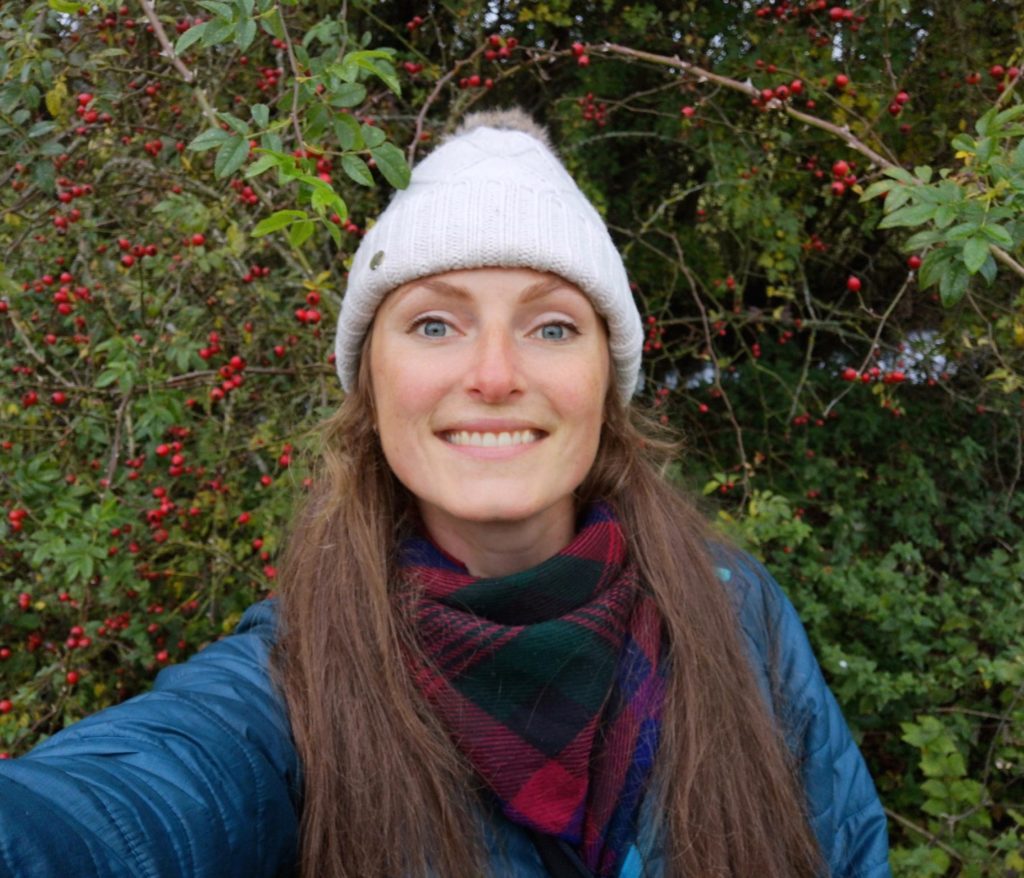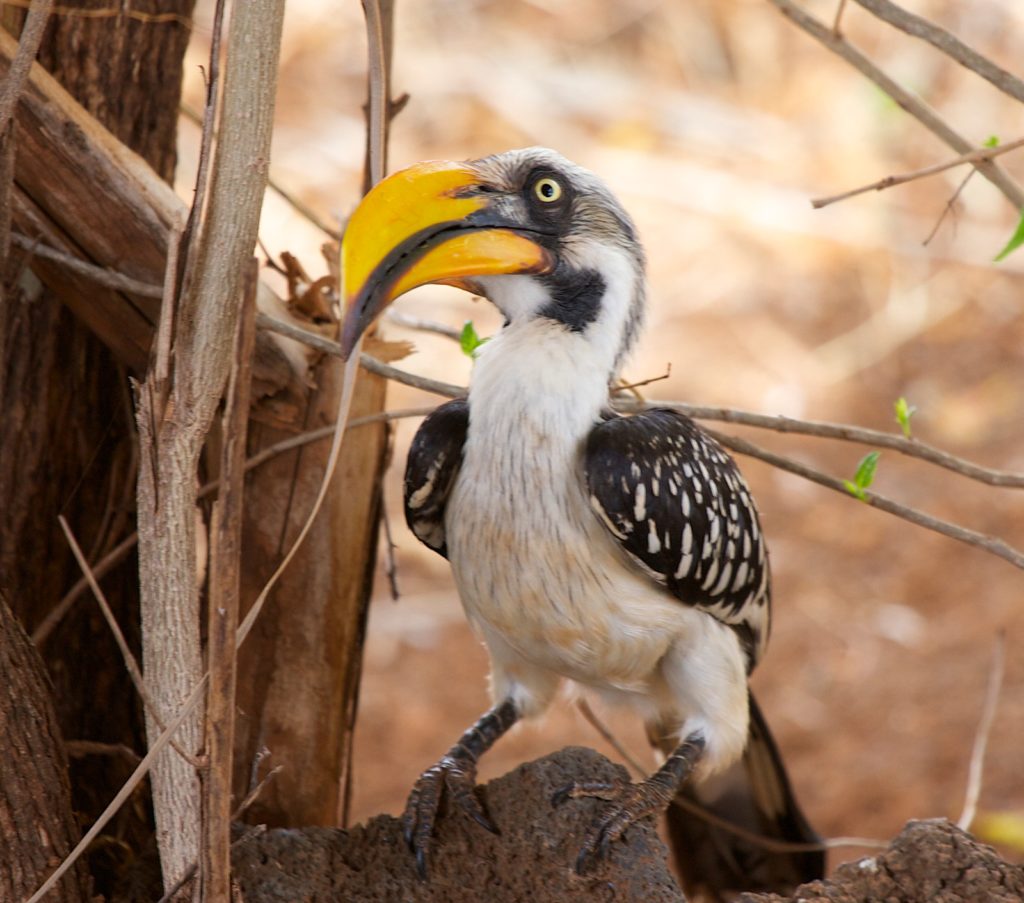
Here you can read more about Nature’s a Hoot, and access resources, photos and extra insights from our seventh episode where we talk nature, with special guest Lucy Lapwing.
Listen now to the Nature’s a Hoot seventh episode Getting nerdy about nature. Don’t forget to subscribe!
Tom and Hannah share their recent wildlife sights, and revel in the onset of spring. We also reminisce about Nature’s a Hoot Live – Kestrel Special, our first live event, which went brilliantly well! If you missed the event live, don’t worry, it is available on our YouTube channel here. This month we introduce our new feature the Matter of Fact Challenge, where we ask you, our wonderful listeners to vote for the best fact in the chosen category from Tom or Hannah! Our challenge choices will be up on Twitter and Instagram as a poll, and it’s up to you to decide the victor! Vote for your winner here!
This month is ‘Weirdest Animal Adaptation’, and the competition was stiff!! Hannah’s Weirdest Animal Adaptation is the Wood Frog, found in North America. They are the only frog to live in the Arctic Circle, and have adapted to very cold climates by freezing its body over winter. During this time, they stop breathing and their heart stops beating, a special anti-freeze substance prevents their cells from completely shutting down, and in spring they thaw out and reanimate! Find out more about Wood Frogs. Tom’s entrant to the category this month is the Yellow-billed Hornbill, which is found in sub-Saharan Africa, and has an interesting nesting adaptation. The species builds its nest in a tree cavity, which seems pretty run-of-the-mill… but the next step is totally bizarre! The male and female then work together to use mud, faeces, and feathers to build a wall at the entrance, and seal the female into the nest cavity, where she lays the eggs and rears the chicks without moving from the nest. They leave a tiny gap to allow the male to feed the female and bring food, but it’s not until 16 days after hatching that the female breaks out of the hole, spending up to a month within the tree! Read more about this bizarre adaptation.


Photos: Lucy Lapwing out enjoying nature, and a Yellow-billed Hornbill, by Paul Tickner
We were fascinated to hear from Lucy Lapwing, don’t miss our chat with the inspiring science communicator and self-confessed ‘nature nerd’! Lucy tells us all about her watch on Winterwatch, her love of wildlife, and finding ways to communicate the tricky science in the most accessible way possible – including her fantastic new YouTube series of birdsong lessons! Check out Lucy’s channel. To hear more of our interview with Lucy, listen to episode 7 of Nature’s a Hoot.
Our Top Tip this month is to help the birds in your garden as they begin nesting. Try tying together bunches of moss and twigs, and hang close to your bird feeders to offer the local birds material to build their nests with. You could even try leaving out clumps of pet hair after brushing your furry friend, fur lines the nest and helps to keep them warm.
To find out more about our podcast, and listen to Getting nerdy about nature and other episodes, visit our website.